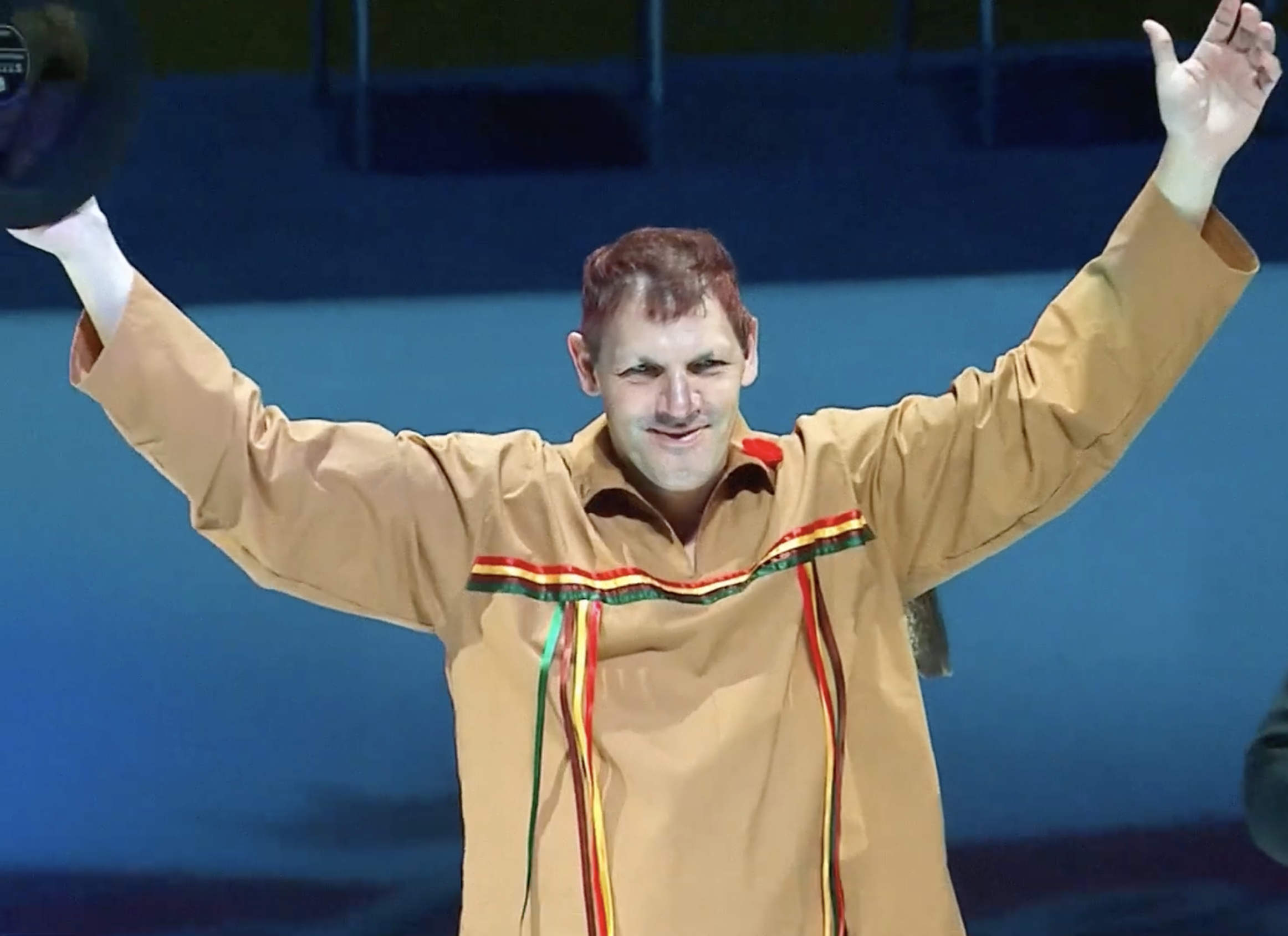Living in uncertain times highlights need for more Indigenous youth programming
‘Create your own experience: Indigenous Youth Programming In the Time of COVID’ webinar hosted by University of British Columbia Learning Circle
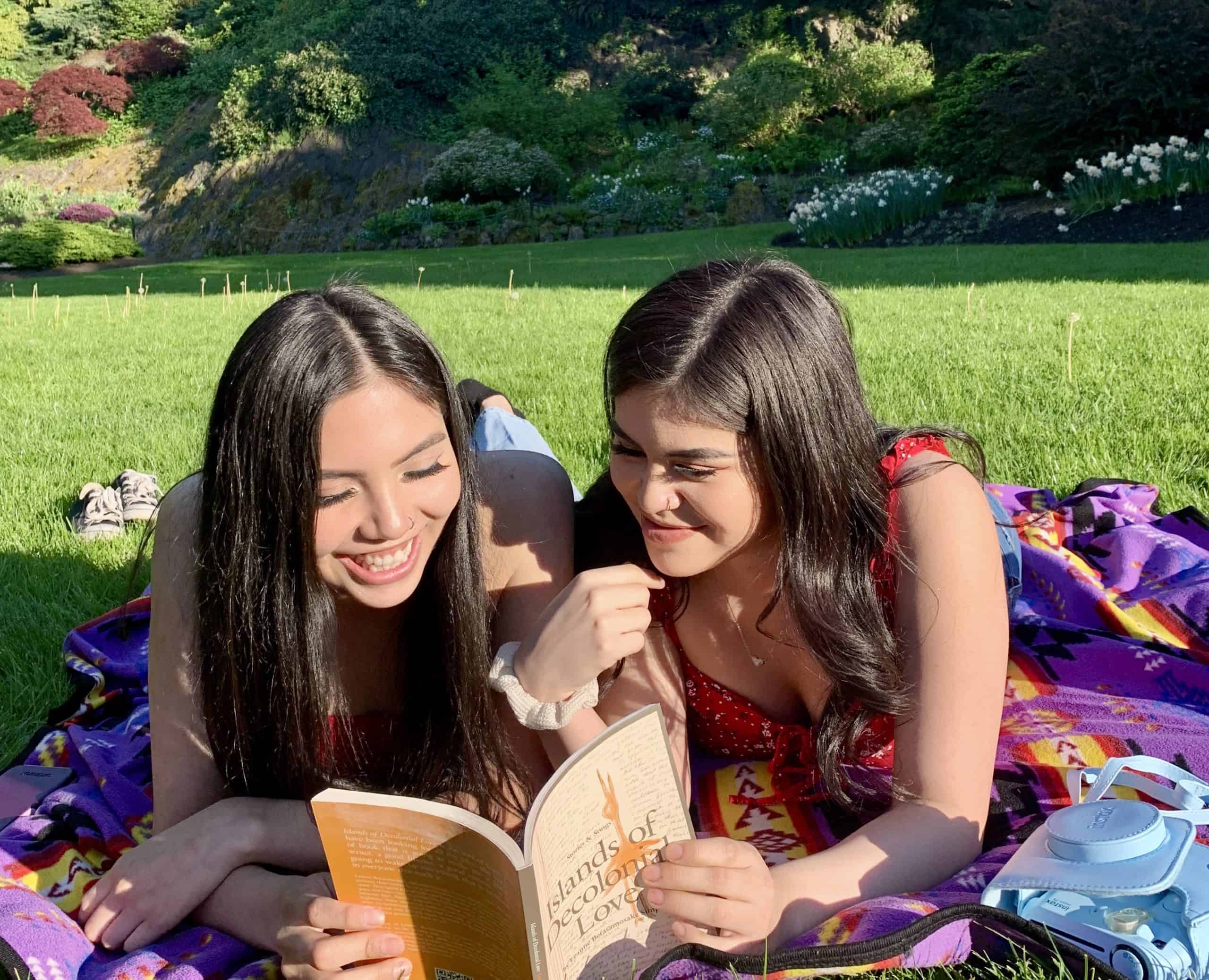
COVID-19 has created a crisis for Indigenous youth wellbeing, says Kim Haxton. She’s Potawatomi from Wasauksing and a land-based facilitator with IndigenEYEZ, an organization that provides leadership development for First Nations in B.C.
Haxton was one of three presenters in a University of British Columbia Learning Circle webinar on Tuesday called Create Your Own Experience: Indigenous Youth Programming In the Time of COVID.
The youth programming series was presented through a partnership between First Nations Health Authority and UBC Centre for Excellence in Indigenous Health.
The session invited a panel of organizers who facilitate Indigenous-youth programming in B.C., to discuss how the pandemic has impacted their work, and how they are overcoming the barriers.
Haxton was joined by the session’s moderator, Wenonah North Peigan, the production assistant for UBC Learning Circle, Nicole North Peigan, current manager of the Native Youth Program at UBC, and Erica Ellis, program manager for the Vancouver-based Environmental Youth Alliance.
Haxton said the pandemic has “severely impacted mental health for youth” who have been forced into a new kind of isolation.
“What’s really hard right now, really heartbreaking, is that I get emails from different agencies, looking desperately for something for youth who are marginalized,” Haxton shared.
“We’re in an unprecedented time of social, political, emotional, ecological unrest — everything is connected. And we know in most Indigenous cultures, there is a word about how everything is connected — from the seen and unseen world.”
The kind of “normal socialization,” creating relationships, learning about relationships, have been greatly interrupted during the pandemic, Haxton said.
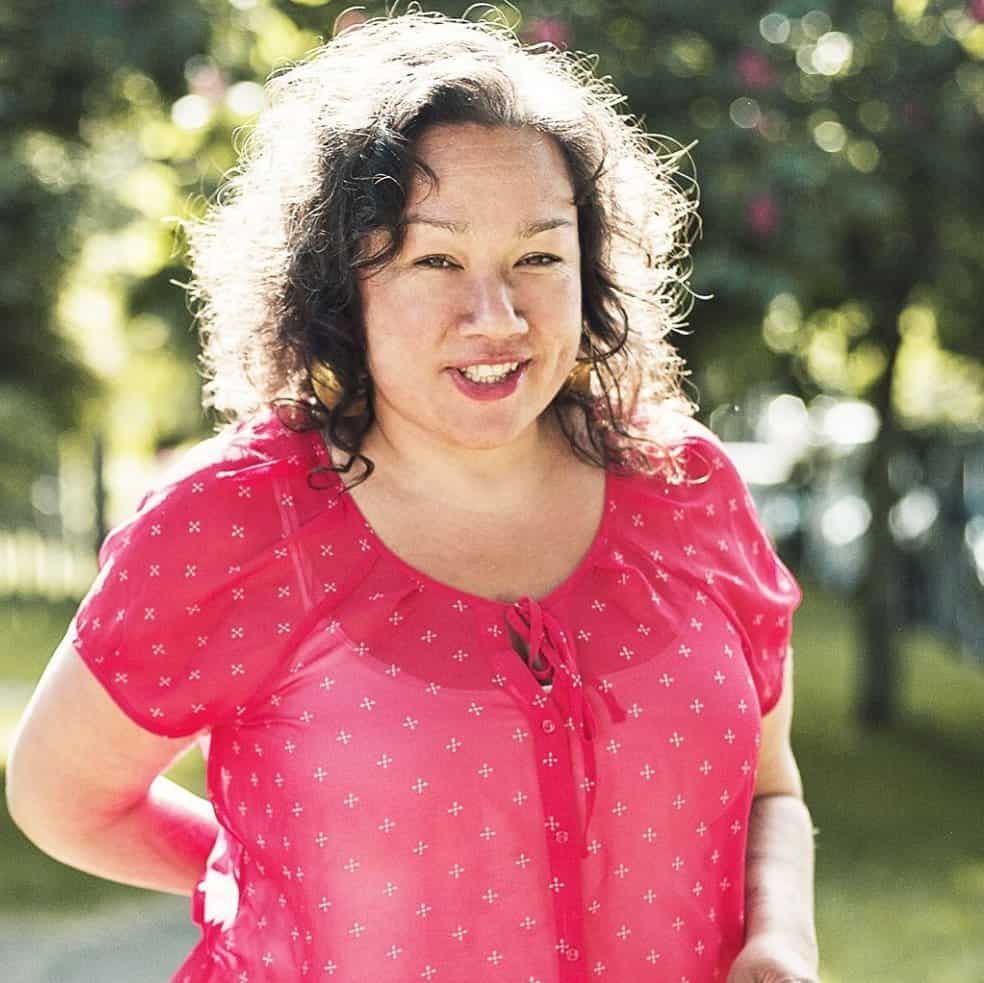
Outlets for youth would be school or social activities, she explained, which were all impacted by government restrictions. Haxton said it’s critical to create spaces for youth “to be seen.”
Haxton describes how youth are living in a constant state of pandemic-related anxieties, tension, and fears — using radio as a metaphor.
“If we were to have a radio in the middle of the room, have it tuned into CBC, we could all listen,” Haxton explains this is how adults, schools, media, the internet introduce a wild variety of opinions.
“If I take that radio out of the room, you know, those radio waves are still going through the room,” meaning there is really no escaping this atmosphere, for youth — they cannot just turn off the input. And that’s really important to understand, is that the kids are tuned in to the fear and uncertainty, and there are high levels of depression, anxiety.”
Living in uncertain times creates a need for more youth programming to serve youth, and also support teachers and families, she said.
The number of kids calling the Kids Help Phone, the national 24/7 counselling phone line went up 350 per cent last year, according to the organization.
All speakers of the session spoke about the importance of creating more positive outlets for youth, many working hard to find ways to offset the loss of afterschool programming, team sports and other services impacted.
In some cases, this means switching to online virtual creative arts sessions. In others, it means smaller, tailored, outdoor programming.
In her work with IndigenEYEZ, Haxton says it’s about supporting Indigenous communities as they work toward decolonization and liberation.
“Our work is based on creative empowerment models and land-based facilitation,” Haxton explained in the session, which is now available to view online.
“Our work stems from two different programs — Powers for Youth Empowerment (PYE Global) and Rediscovery, which is about culture camps and bringing youth to the land.”
Kinship
Nicole North Peigan was another presenter in the webinar which was coordinated by her sister, Wenonah North Peigan. They are Blackfoot, members of the Piikani Nation in southern Alberta and Anishinaabe from Wikwemikong in Ontario.
The two Peigan sisters grew up close to cultural values, they shared. This is reflected in their commitment to working with youth, empowering them for healthier communities.
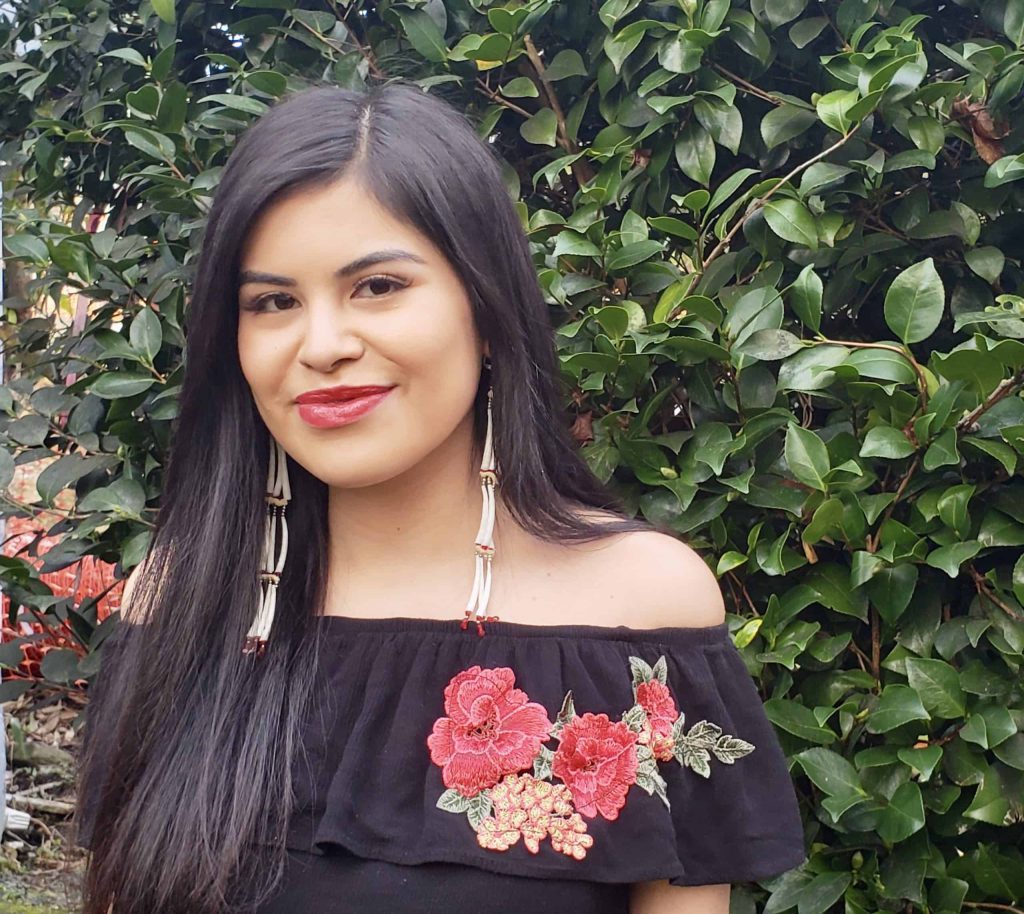
Nicole is Manager for the Native Youth Program (NYP). NYP is a summer and winter program for urban Indigenous youth, ages 15 to 18. Wenonah is a UBC Work Learn student for Learning Circle. She has been with the Centre for Excellence in Indigenous Health (CEIH) since September and this was her big finale — coordinating and hosting her own Learning Circle, according to CEIH.
“Our parents always encouraged us to take part in our communities’ cultural practices, and to be proud to be Indigenous,” Wenonah tells IndigiNews. “Having more life experience now, it is evident that not every Indigenous youth get this experience.”
This translates into following a path to work with, and for Indigenous youth.
Wenonah says it’s one of her values to encourage and empower other Indigenous youth, to speak their truths and be proud of their identities.
“I grew up with traditional beliefs, and there is no hierarchy among peers,” says Nicole. She explained during the webinar, this means she doesn’t interpret her role as “boss” of student staff in the NYP.
The webinar highlighted the special connections formed through Indigenous-led youth programming. This is the spark to kindle meaningful offerings for youth in today’s changing— and changed, world.
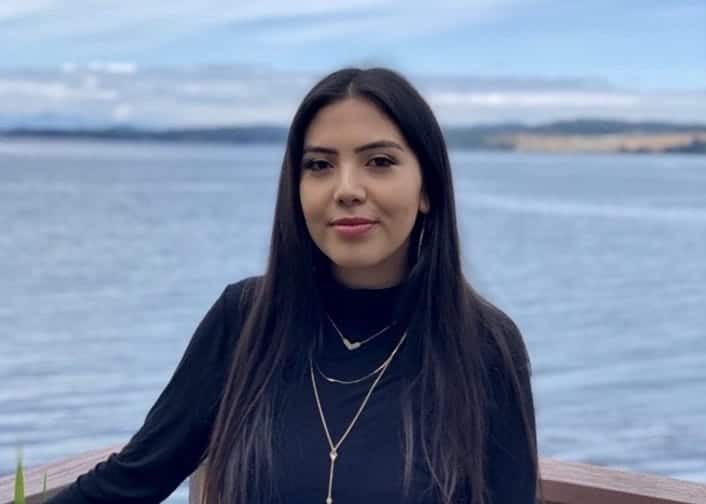
Kin clans bring collective hope
Promoting a community of peers is done through trauma informed facilitators with anti-oppression training, something shared by all the presenters.
Haxton refers to the community building aspect of youth programming as “kin clans, building relationships, because that’s really the basis of decolonizing.”
As an adoptee, one of the 60’s Scoop, Haxton has an inherent commitment to building community.
“Kids are probably more resilient than the parents,” says Haxton. “The parents easily get caught in the fear, more responsibility — kids feel it, but kids also have the opportunity to bounce back from it.”
This is where programming that gets youth out onto the land, or creative arts programming comes in, says Haxton.
“The arts and having opportunities to express the things that are going on around us. Having an outlet for the things that we don’t understand.”
Pandemics are not unknown to Indigenous people, Haxton reminded the session participants. And with intergenerational trauma, comes intergenerational resilience, she said.
“Remembering we’re in a time period where things are out of balance, globally, all the way down into the interpersonal. Everything is interrelated,” Haxton shared.
“Surrendering to the sacred — those spaces in between — brings meaning, solace, and purpose. For kids to experience that, is foundational- they will always have a place to go back to.”
Author
Latest Stories
-
‘Bring her home’: How Buffalo Woman was identified as Ashlee Shingoose
The Anishininew mother as been missing since 2022 — now, her family is one step closer to bringing her home as the Province of Manitoba vows to search for her
-
Book remembers ‘fighting spirit’ of Gino Odjick, hockey’s ‘Algonquin Assassin’
Biography of late Kitigan Zibi Anishinabeg left winger explores Odjick’s legacy as enforcer in the rink — and Youth role model off the ice
-
St. Augustine’s survivor hopes for closure after evidence of 81 unmarked graves released
50 years after the residential ‘school’ closed, shíshálh Nation announces evidence of many burial sites. A Tla’amin Elder wonders how many more children died



